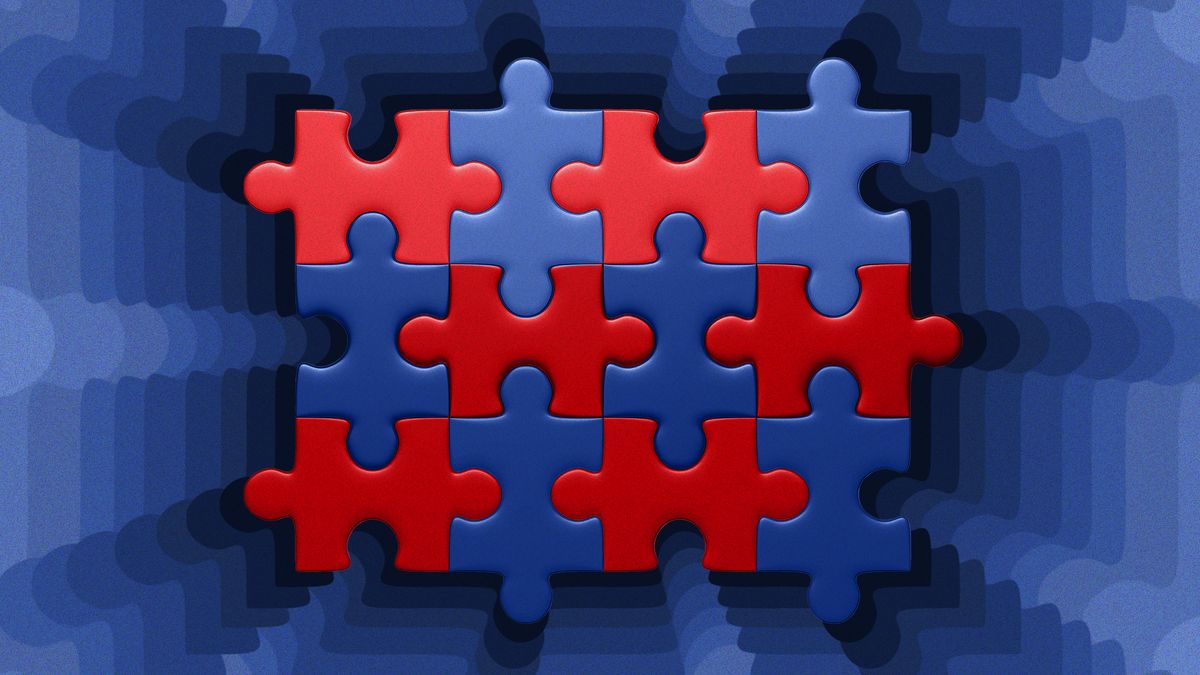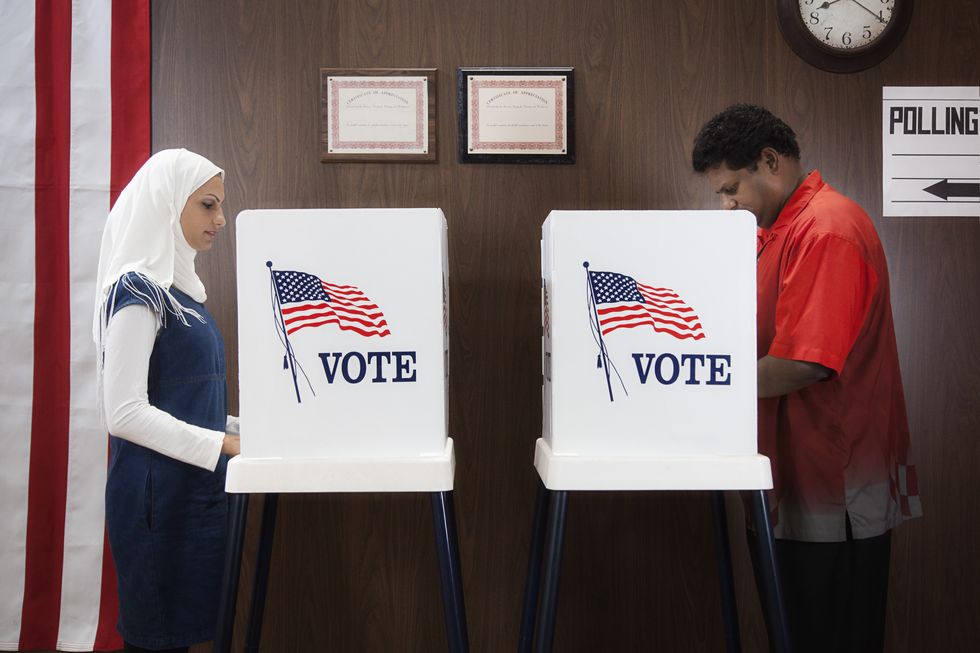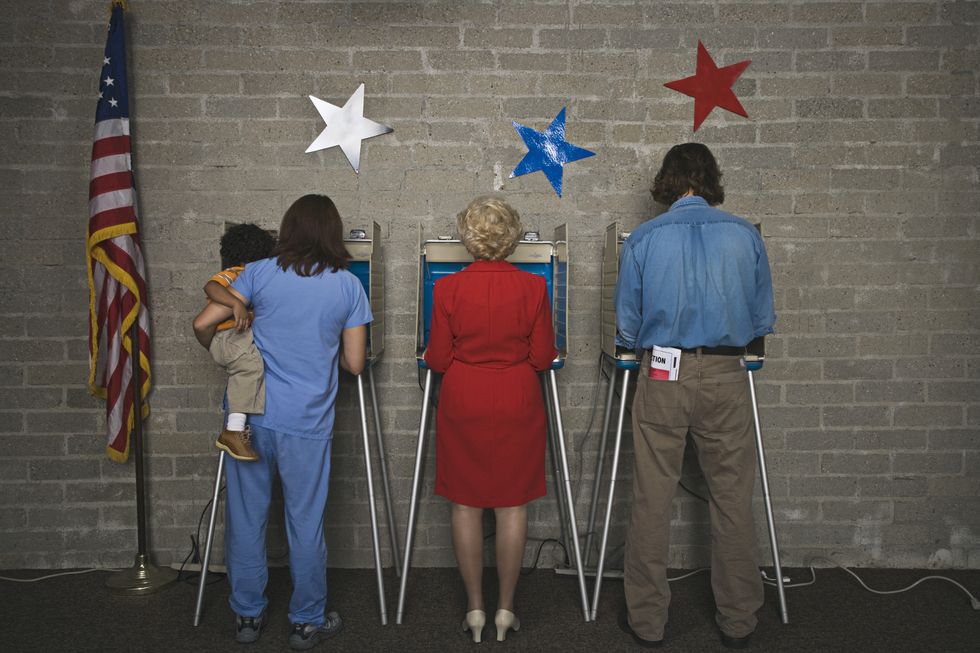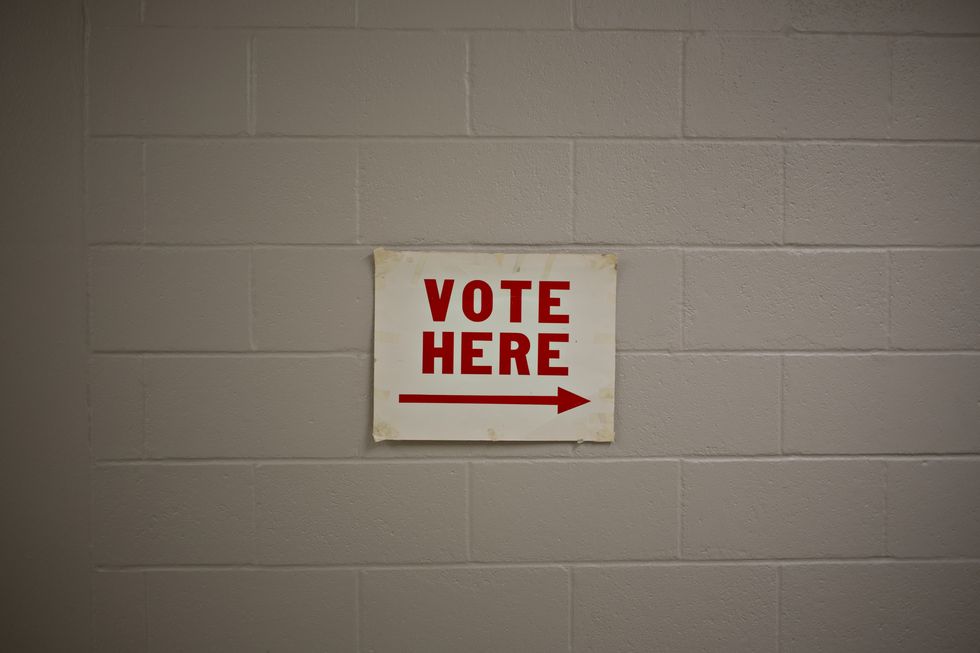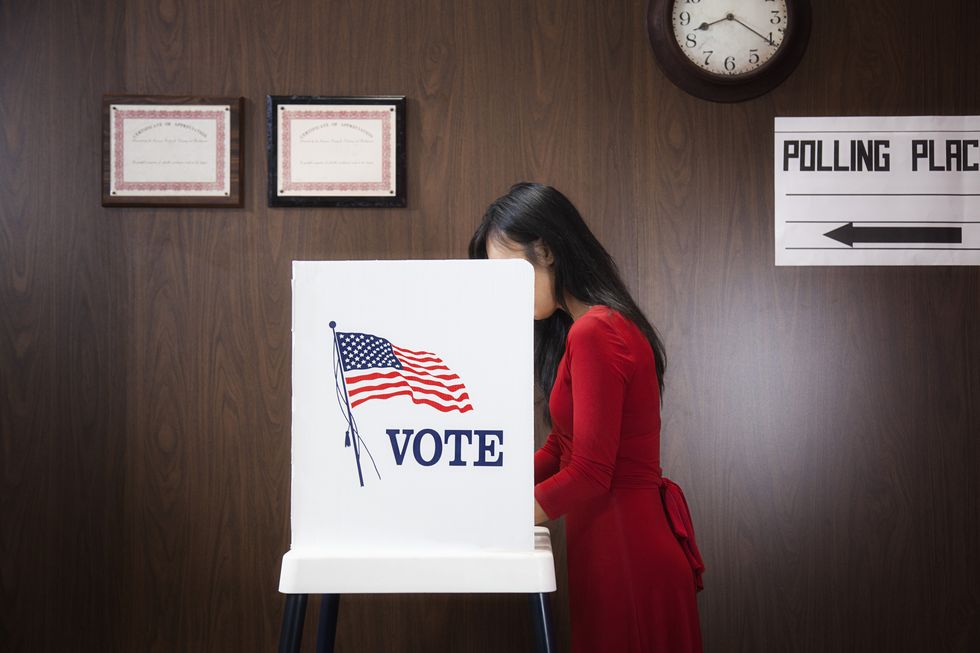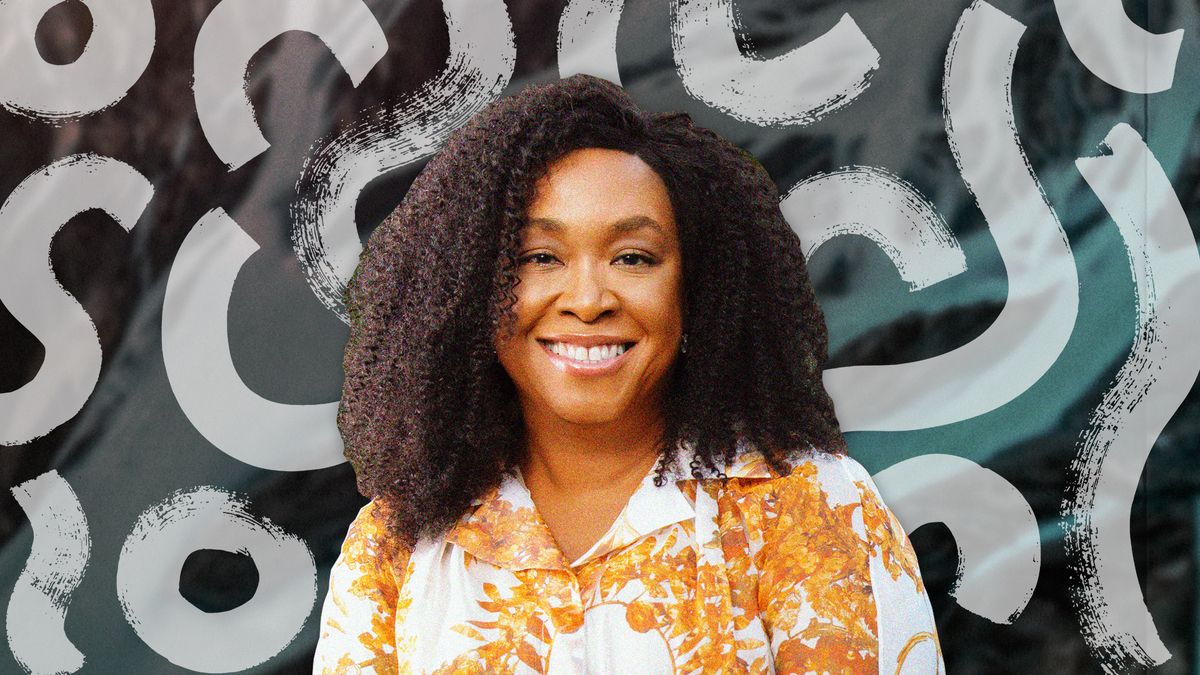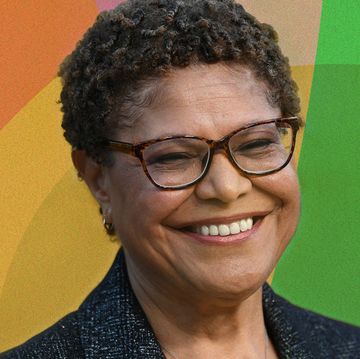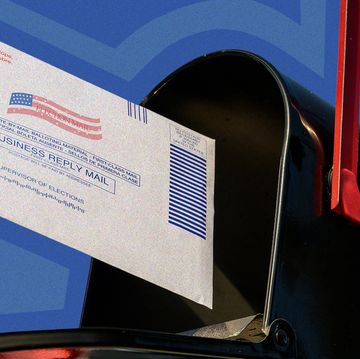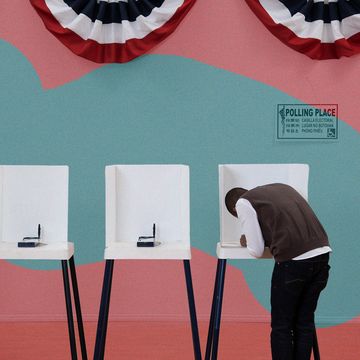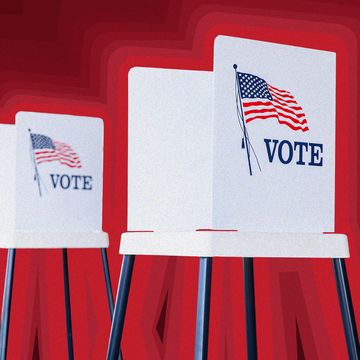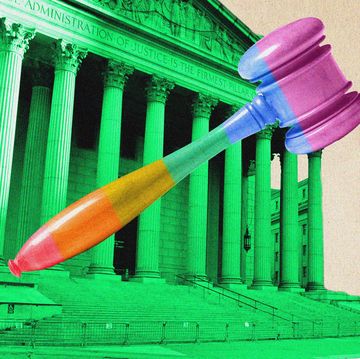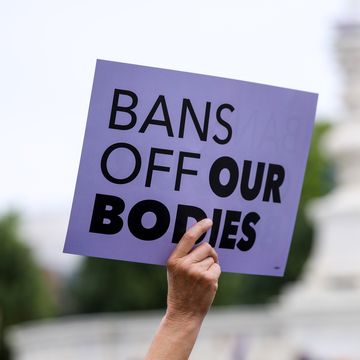With the midterm elections set for November 8, you’ve no doubt been exposed to political ads — lots and lots of political ads — vying for your attention on every screen, yard sign, and radio program you encounter. You’ve (hopefully) been making a plan to vote, researching the candidates, and checking out an official sample ballot. And that’s when you might have noticed some differences. It’s called redistricting, and it’s important to understand what it is and why it happens.
What are voting districts?
Your local community is actually made up of several different voting districts. Most of us live in multiple districts based on geographic information. At each level, those boundaries can shift. The way districts are drawn can alter the overall makeup of voting groups and influence the voice their representatives have in legislative bodies and the policies they champion.
- Statewide districts are based on the state where you live and allow you to vote for president, the U.S. Senate, and offices like governor and state attorney general.
- Congressional districts are based on the region you live in within the state and allow you to vote for a member of the U.S. House of Representatives.
- State legislative districts center on the community you live in within that region and allow you to vote for representatives in the two chambers that make up your state’s legislature.
- Local government districts center on the neighborhood you live in and allow you to vote for city council members, county executives, school board members, and other local officials.
Redistricting is essentially a way of saying new boundary lines have been created to ensure elected officials accurately reflect the communities they represent. The goal is that sparsely populated communities will have the same voice in the legislative process as larger, more populated areas. Ideally, those included in the voting district share similar political, social, and economic interests.
Lawmakers elected to represent each district then head to local council boards, statehouses, and even the nation’s capital and work to enact laws and regulations. Their job is to take care of the business of governing, and constituents are free to enjoy life, liberty, and the pursuit of happiness. At least, that’s the way most seventh-grade civics teachers explain the process.
Why do the boundaries of voting districts change?
Think back over the last 10 years. Have you noticed changes in your community? Are more people moving into the neighborhood? Has the area become more diverse? As a result of this growth, perhaps new stores opened, schools were built, and more housing options became available. Or maybe the opposite has happened: There are fewer new faces at the grocery store, and neighbors have moved away. The government noticed those differences too.
In 2020, the government went block by block across the country counting everyone during the U.S. Census. It is a constitutionally mandated process that happens every decade to learn more about the makeup of the country, such as how the population has changed and where people are now living. That data can result in seats being added or taken away from a district. This information is then compiled and given to the states. There, it’s used by lawmakers to draw new voting maps that divide the population into smaller, equally sized groups.
What is the purpose of redistricting?
“The U.S. is a fast-growing, fast-changing country [that’s] rapidly becoming more diverse,” explains Michael Li, a redistricting and voting rights expert with the Brennan Center for Justice’s Democracy Program. “Many communities over the course of 10 years will look totally different than they did at the beginning of the decade. Making sure that we end up with legislators and city councils and a Congress that, to quote John Adams, are in miniature an exact portrait of the people as a whole. That’s what redistricting is supposed to be.”
According to Adams, the nation’s second president, “The greatest care should be employed in constituting this Representative Assembly.” But too often it doesn’t. The U.S. has a long history of drawing maps that discriminate against certain communities of color and political groups. And sometimes maps are drawn that prioritize special interests over what’s in the best interest of everyone. It’s called gerrymandering.
“In the U.S., we are an anomaly for advanced democracies in that we leave line drawing largely to politicians and the political process,” Li notes. “Redistricting is to make sure maps are fair. Gerrymandering is something that happens that undermines the fairness of maps and makes them more unfair. Redistricting passes in the same way that any legislation passes. It has to pass both houses of [the state] legislature and then be signed into law by the governor, who also has a chance to veto it if he or she doesn’t like it. The problem is that, in most of our country, one party controls the governor’s mansion and both houses of the legislature.”
How is redistricting impacting the midterms?
Rules are in place mandating how federal Congressional districts are drawn. Requirements in the U.S. Constitution and the Voting Rights Act mean these districts must meet certain criteria related to population and anti-discrimination. That’s not always the case at the state level. Most states don’t have rules in place that prevent maps from being redrawn to gain or preserve political power. It’s a process that both political parties are guilty of engaging in.
For example, take a look at North Carolina. Voters there are evenly split between the political parties. But that’s difficult to tell when looking at its new congressional and state legislative district maps. Analysts say those maps favor Republicans and dilute the voting power of people casting ballots that favor Democrats. Republican lawmakers contend they should be allowed to draw maps however they choose. That idea is being challenged, and the U.S. Supreme Court will hear the case this December.
North Carolina is one of several states where newly drawn congressional district maps could help determine the balance of power in the U.S. House of Representatives this election cycle. Here’s a look at the congressional races impacted by redistricting:
- North Carolina’s 13th Congressional District: The state gained a seat in the U.S. House thanks to population growth. This race pits Republican upstart Bo Hines against two-term Democratic state Senator Wiley Nickel.
- California’s 13th Congressional District: Redistricting changed the boundaries of this district, leaving the seat open. It pits Democratic Assemblyman Adam Gray against Republican businessman John Duarte.
- New York’s 22nd Congressional District: Redistricting redefined the boundaries of this district, leaving the seat open. Democrats are hoping their candidate Francis Conole can flip the seat by beating Republican Brandon Williams.
- Colorado’s Eighth Congressional District: The state gained a seat in the U.S. House because of shifts in population. Four candidates are running for the seat in one of the most diverse districts in the state.
Meanwhile, the fate of voting district maps is pending in four states — Alabama, Georgia, Louisiana, and Ohio — where judges have determined voting district maps were illegally drawn or likely to be proved illegal at trial. The Supreme Court and other federal courts have rejected proposals to change the maps this close to the midterm election. They contend change would cause confusion or prevent voters from showing up at the polls.
State-level judges are weighing in on the process. Many have thrown out voting district maps they say were manipulated to favor one group over another, violating state constitutions. We’ve seen more of this since 2019, when the Supreme Court ruled that federal judges were powerless to stop politicians from drawing electoral districts that preserve or expand their party’s power. This effectively pushed the issue below the federal level and back to the state level.
How can citizens change redistricting?
In an ideal world, districts would be drawn to reflect the diversity and interests of the community they represent. However, maps can be manipulated so that one group of voters is packed into one district. Those same maps can also take a group of voters and spread them out across multiple districts in an attempt to weaken their voting power.
In most states, lawmakers are heavily involved in drawing voting district lines. But that’s changing. In recent years, more independent commissions are drawing voting district maps. States are also turning to a hybrid system that combines both. Now, it’s estimated that one in five congressional seats are drawn by a commission. That number is expected to grow when maps are redrawn after the 2030 Census.
For instance, take a look at the redistricting process in California. The state created an independent, citizen-led commission in 2010. Maps drawn by the commission in 2011 and 2021 were designed to create districts of somewhat equal populations that provide fair representation for all Californians. “In 2011, the [California] commission drew a district that keeps the Los Angeles foothills together, a district the people in the foothills wanted,” Li says. “That’s something that would not happen if legislatures drew the maps.”
The battle to reform the redistricting process has multiple fronts. Every voter plays a role in working to improve the system for creating election maps. It starts with knowing all your voting districts, polling station, and issues on the ballot. Most importantly, it includes making a plan to vote and participating in every election to cast your ballot.
TraLanenia Reeves is a Washington, D.C.-based journalist and local election poll worker.
